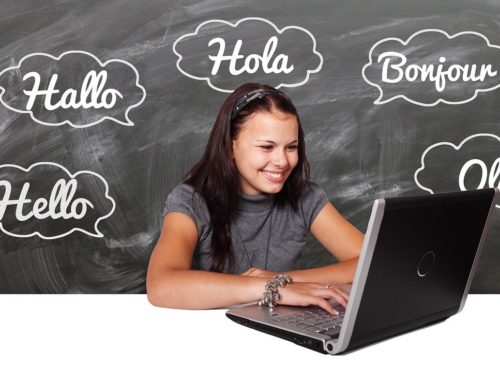The fact that inter-human communication is only 7% verbal is common knowledge. It is completed by 38% paraverbal communication (voice variations, speech speed, pauses, etc.). Most of our communication is however nonverbal (55%), i.e. using body language.
This issue is currently discussed at many psychology conferences because the social media – Facebook ranking first among them – have created a series of problems: people no longer communicate real emotions, their body language contradicting the transmitted messages, others cannot adapt the tone of their voice to the social context, speaking either too slowly or too fast, too loudly or too quietly. The immediate effect is online disputes, which are subsequently brought to real life and make no sense.
However, body language remains the great communication equalizer. There are at least 6 human body postures that communicate more than the respective people would like to.
Crossing your arms on your chest usually signifies self-protection. The way in which the arms are actually folded is relevant, but so is the moment one chooses to do it during a conversation. The most frequent causes are lack of self-confidence, insecurity, refraining from expressing one’s emotions, the fact that one’s personal space has been encroached on, boredom or hostility (when the right hand is dominant).
When the interlocutor sticks his hands into his pockets this may signify shame or insecurity. Depending on the context and on the way in which the gesture is made, it may also mean sexual availability, the hands pointing to the genitals.
A calm and confident interlocutor who feels relaxed and comfortable usually holds his arms relaxed along his body. The straight posture (straight back, open chest, head held high) may indicate the fact that the person is trustful and sincere.
Legs held close together, touching or crossed are also a sign of self-protection. The gesture may or may not be accompanied by crossed arms which would signify a loss of control.
When the legs are held stretched forward, crossed or straight, the individual is unsure of himself and trying to conceal it by adopting a seemingly relaxed position. If the legs are held stretched forward, but not crossed, the person is trying to increase the private space, asserting dominance through a relaxed posture and attitude.
Soles on the floor and relaxed legs indicate a confident, optimistic and open person. The posture also indicates someone who knows what has to be done, how to do it and who is aware of their own force and abilities.
In order to be successful, the process of communication therefore requires visual contact between individuals.






